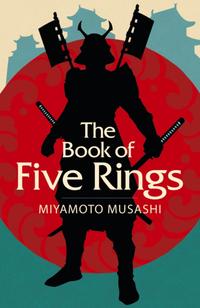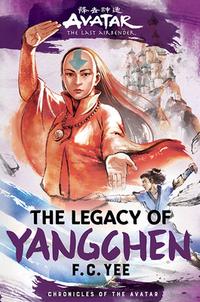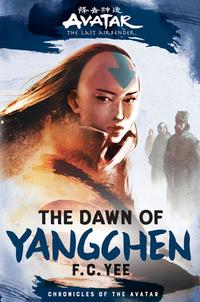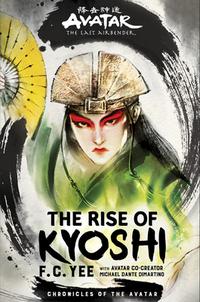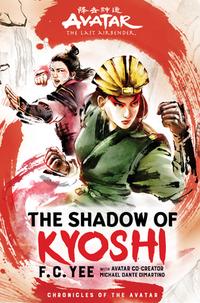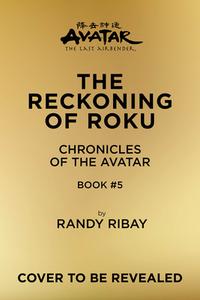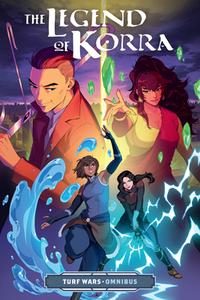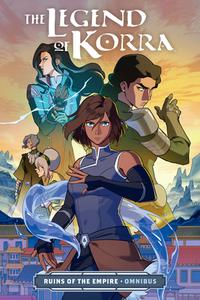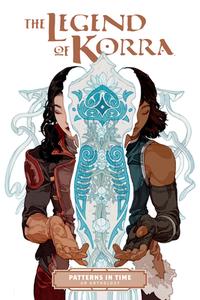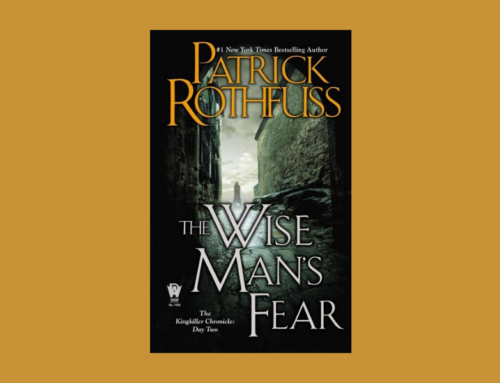Written by Renata
When I learned that Netflix would release the live action version of the cult animation Avatar: The Last Airbender, I immediately checked out the trailer. I was electrified. All the fear that it would be a flop (just like the 2010 film) dissipated with the fantastic images I saw.
All this expectation has a reason: I started watching the animation series a long time ago with my husband and my daughter. We became fans almost immediately, fascinated by a story with teenage protagonists, martial arts, manipulation of elements (water, earth, air and fire), rivalry between siblings, a redemption arc, philosophical concepts and a touch of humor.
The story is set in a world rich with detail, where it is possible to see a strong Asian influence. The Earth Kingdom of Ba Sing Se, for instance, was based on the Great Wall of China and The Forbidden City; the Fire Nation shows influences of Japanese, Thai and Chinese cultures, among many others; The Air Nation Temples resemble many Buddhist temples in India; and The Water Tribes show the influence of Arctic cultures (Inuit, for example). Even the Desert culture is present with the Sand Tribes.
What caught my attention was the Four Nations being defined by their culture and the bending ability of their citizens. Four Nations, four elements and one individual, the Avatar, who could bend all four elements and the fifth, Aether, by being the spiritual bridge between the spiritual and material worlds. Wow, concepts which have, again, roots in Asian culture. I read that one of the sources for the writers of ATLA might have been Miyamoto Musashi’s philosophy classic The Book of Five Rings.
As the story develops, it leads us to various places and kingdoms, with interesting characters and idem stories . We meet (among others): Suki, a Kyoshi Warrior; the hilarious, wise and fierce Uncle Iroh; Zuko, a very troubled prince; Azula, Zuko’s psycho sister; Toph, a very talented earthbender; and Ozai, the megalomaniac lord of the Fire Nation. Unusual animals are also present, and Appa and Momo are my favorites.
We also learn about the many incarnations of the Avatar, each one with wise lessons to give to Aang whenever he feels lost or in doubt, such as Avatar Yangchen and Avatar Kyoshi, not to mention Avatar Roku, the very last incarnation before Aang and his spiritual guide. Their stories have also been published as novels: The Legacy of Yangchen and The Dawn of Yangchen, The Rise of Kyoshi and The Shadow of Kyoshi. The Reckoning of Roku will be released in August 2024.
Underlying the whole narrative is the storyline of Zuko’s mother, who disappeared with no explanation. The Search is a comic about Zuko’s quest to find his mother, and The Rift continues the storyline.
The Hundred Year War comes to an end with Zuko’s coronation and left me with the question: What happens next? Fortunately, more comics were released after the animated series ended. The Promise tells us what happens after the end of the war.
One hundred years later, a new Avatar is born, and with her comes a new series: The Legend of Korra. But that is another story.
For now, we have the live action version to tide us over.

